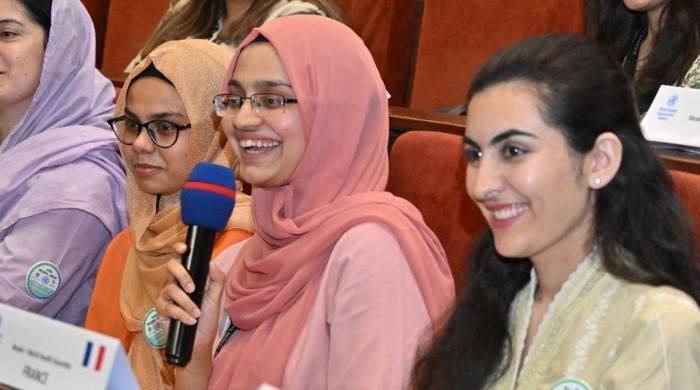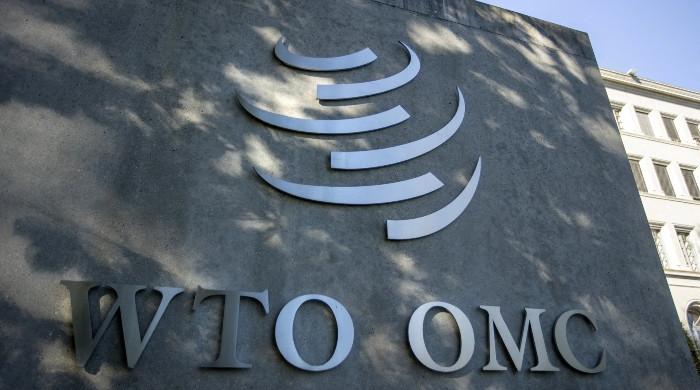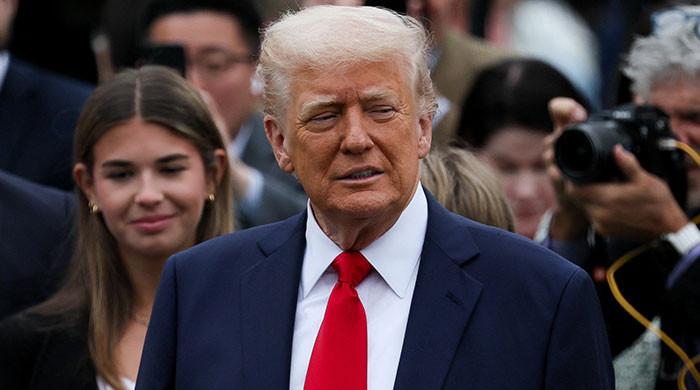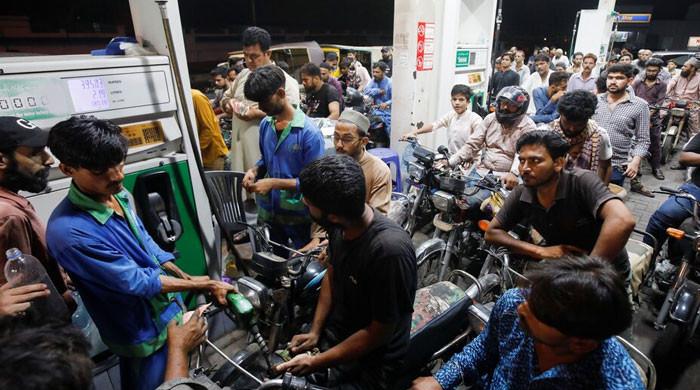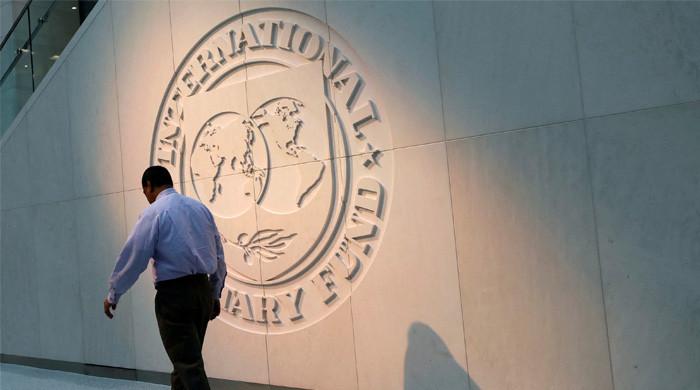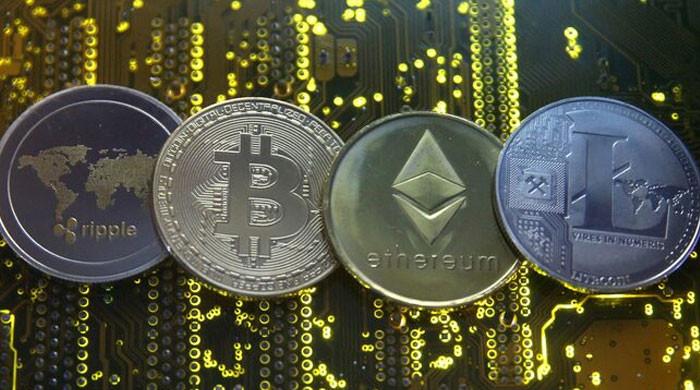Technology: Time for other political parties to catch up to PTI
If PML-N, other parties indeed hold rather laid-back approach to technology, come election day, they could be in for rude awakening
May 11, 2022
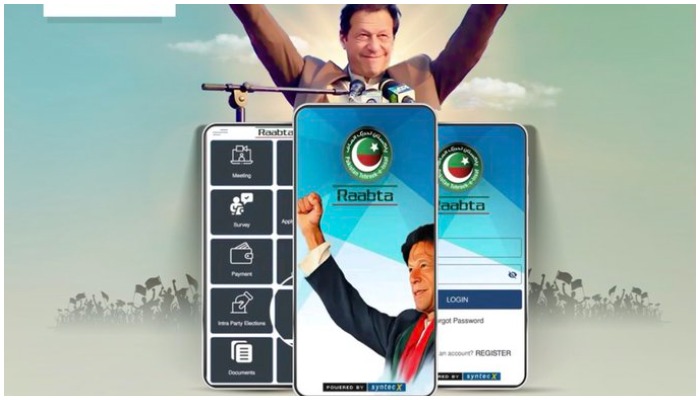
In the last few election cycles, we saw new technologies and platforms added to parties’ election campaign toolboxes. Some tools may be neat while others may be dirty, some may become permanent additions while others might prove to be fads. Regardless, there is no reason why the next general elections will not see the use of previously not used tech in Pakistani elections.
For a past example, consider the 2018 general election: this was the first election since the launch of 3G and 4G mobile internet service in Pakistan and when smartphones were cheap enough to be in everyone’s hands. With these prerequisites in place, it was the first election in Pakistan that saw widespread use of WhatsApp for campaign messaging. Over time, that messaging is now largely in the hands of supporters. The messages include a mix of facts, memes, misinformation, and everything in between. In the coming elections it is safe to say that the messages travelling over WhatsApp will be accompanied by TikTok video clips. TikTok’s worldwide user base has grown from 133 million worldwide in 2018 to one billion in 2021 and saw enthusiastic uptake in Pakistan.
Twitter Spaces are something I wrote about in greater depth in these pages a few weeks ago (‘A Twitter townhall’, April 15, 2022). Spaces are a feature that Twitter added last year. Spaces are forums in which hosts assign (and reassign) virtual microphones to participants, of which there can be thousands, elevating them to ‘speakers’. Speakers can essentially push a button and address the forum. Spaces have democratised access to internet discussion forums further by lowering the (English) language barrier of platforms where communication is text-based, be it in any language.
The PTI, which has been ahead of other parties in the adoption of technology in its campaign efforts, broke a world record with a Twitter Space with Imran Khan himself that was conducted on the evening of April 20, 2022. The Twitter Space was attended by approximately 160,000 participants and broke the previous world record of 44,000.
Although some PML-N bigwigs like Dr Ahsan Iqbal, Dr Miftah Ismail, Shahid Khaqan Abbasi and Khurram Dastgir Khan have been making the rounds on Twitter Spaces for months now, the PML-N’s top leadership, like all parties’ top leaders, have been absent.
On May 8, the PTI launched its "PTI Raabta" app for supporters (for Android and Apple iOS). A brief overview promises that it is packed with a lot of features such as meeting schedules, surveys, a complaint portal, names of regional party office bearers, available internships, schedules of training sessions, party membership applications and even a payment function. The closest competitor I could find was an app developed by PML-N USA more than four years ago that has since been abandoned and has seen no updates. The only thing it offers is a curated stream of news articles and the names of the PML-N’s party members in the US. Clearly, the PTI seems to be the only party thinking along this direction.
The COVID-19 pandemic has dramatically shifted the way Gen Z (now given the moniker "Zoomers" for the now mainstream Zoom video conferencing app) and to a large extent, Gen Y (Millennials) and even Gen X communicate and have come to adopt telepresence systems which is why we can expect to see future election campaigns make greater use of them.
Not only was Imran Khan’s speech on April 21 at the PTI jalsa at Minar-e-Pakistan in Lahore attended in great numbers, so were the live watch parties in major cities across the country. In India, the BJP added pizzazz to the use of telepresence systems during Modi’s election campaign by hyping the use of 3D holograms as far back as 2013.
Regardless of whether you simply livestream video to something as pedestrian as a big screen at watch parties or something more exotic like a 3D hologram, both accomplish the same goal of allowing a candidate to ‘be’ in multiple locations simultaneously optimising the candidate’s time while avoiding travel costs and security and logistics nightmares of getting the candidate to many locations.
Not all trends in Pakistan (in technology and otherwise) are always in sync with the rest of the world. The revival of coffee shops became a trend in the West decades ago but only caught on in Pakistan in the last ten years. A technology whose adoption has come to Pakistan with a similar lag are podcasts. Podcasts have their origin in the audio-blogging of the 1980s and can be thought of as recorded radio shows covering anything from news and current events to niche interests. Podcasts began garnering mainstream appeal around 2004, the time Apple released its iPod, which made it convenient to search, subscribe to, download and listen to podcast shows.
Until recently, Pakistani podcasts have been virtually non-existent, and the volume of content is still tiny compared to the body and breadth of content available internationally in English alone. Last week, Imran Khan appeared for a local podcast making him perhaps Pakistan’s first serving or former prime minister to do so.
A discussion of the use of technology in Pakistani election campaigns could not be complete without including deepfake videos. For weeks now there have been rumours swirling about the imminent release of an unsavoury video of a leading political figure, while his supporters have launched a preemptive campaign claiming that the anticipated video is / will be a deepfake.
Deepfake videos superimpose speech and expressions of an actor on the face of another person in a video. These videos get their name from the use of deep neural networks, a broad category of artificial neural networks that has found widespread use in the field of Artificial Intelligence (AI). The quality of deepfakes can vary significantly from crude creations easily spottable as fakes made using smartphone apps for entertainment purposes, all the way to sophisticated ones that are more difficult to discern. With the resources necessary to create such videos becoming more accessible by the day, it is safe to assume that we can expect to see such creations featuring opposition candidates distributed by social media platforms, if we have not already.
Like everything in life, politics requires money. A technology whose use in Pakistan may be a little far-fetched but that could happen as early as the next elections is the minting and auctioning/ selling of Non-fungible Tokens, or NFTs, for campaign fundraising.
NFTs are digital content (pictures, videos, virtual items for use in games and multiverses) that come with trackable proof of ownership. Ownership is tracked using blockchain technology, the same technology used to track the ownership of crypto coins.
If this sounds like a scam and you are wondering how much money a party could possibly raise selling digital media, consider this: The most expensive NFT ever sold to date is a digital image, a collage made of pictures made one a day over a period of 5000 days, called "Everydays – The first 5000 days", that sold for $69.3 million at a Christie’s auction last year.
NFTs do not protect copyrights. You, and anyone else, can download an image of the NFT that sold for $69.3 million and use it as your phone wallpaper. However, NFTs do have trackable unique rights of ownership which confer bragging rights on the owner. Are there enough buyers for unique digital NFT memorabilia of party leaders to raise money to make a difference to a general election campaign? I honestly don’t know. It can be a little difficult for Gen-Xers like me to wrap their heads around high valuations of some NFTs, but such is the world we live in now.
WhatsApp campaigning, Twitter Spaces, smartphone apps, podcasts, deepfakes, and NFTs – if you go down this list, whichever place you look, you will find the PTI ahead of the pack. The PML-N seems stuck in jalsas, long-marches and traditional sloganeering. More surprisingly, in this aspect, the PML-N is trailed by the PPP which is led by an educated, well-traveled and well-read charismatic millennial. The PTI appears to be pioneering the use of technologies in election campaigns. The PML-N, PPP and other parties appear to be taking a rather laid-back approach and maybe counting on Pakistan’s political historical precedent in which an incumbent party never won the general elections. If they indeed hold this view, come election day, they could be in for a rude awakening.
The writer has a PhD in Education.




